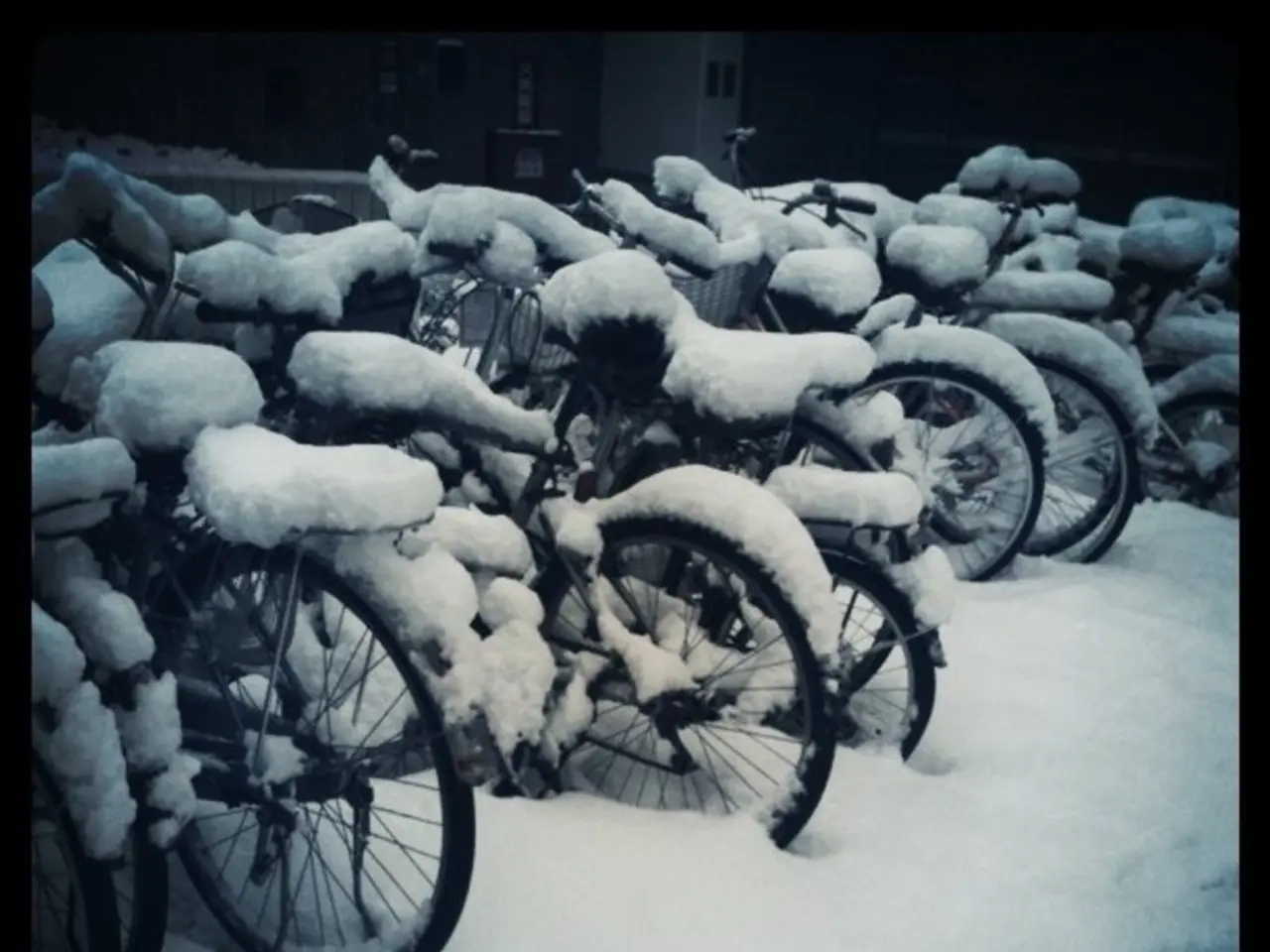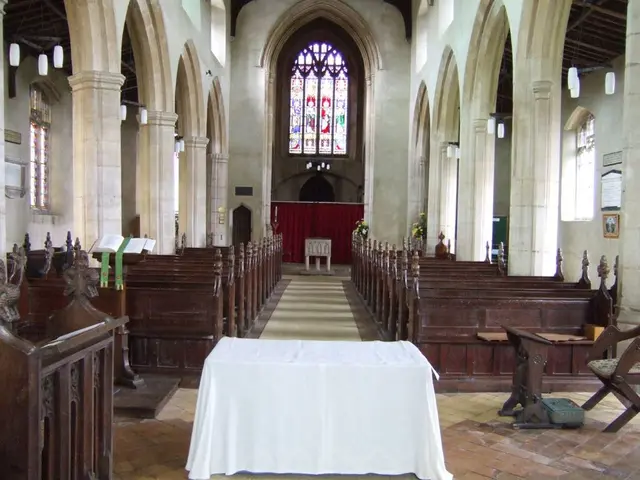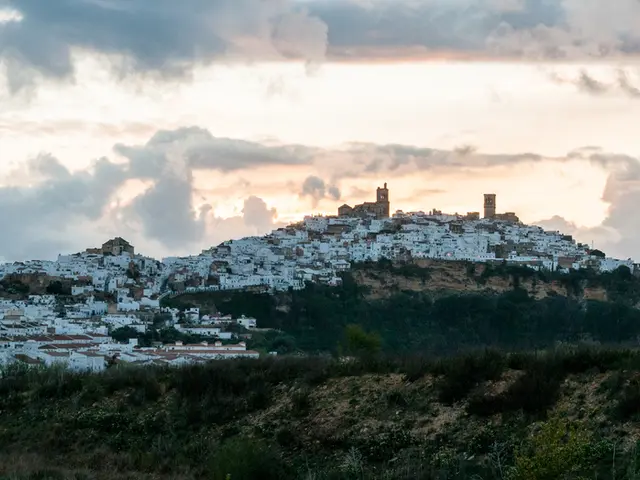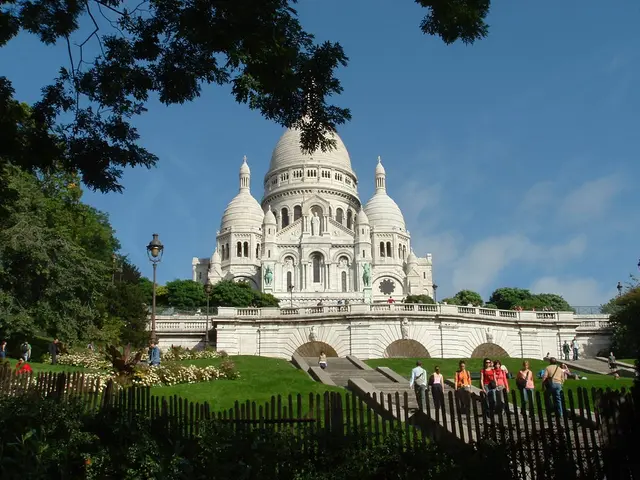Current Weather Conditions in Zion National Park
**Zion National Park: A Seasonal Guide for Outdoor Enthusiasts**
Zion National Park, a gem nestled in the southwestern United States, offers a diverse range of outdoor activities throughout the year. However, certain seasons stand out as the best times to visit for ideal weather and hiking conditions.
Spring (March to May) and fall (September to November) are the prime seasons for exploring Zion. During these periods, temperatures are mild and comfortable, typically ranging from the 40s to the mid-70s Fahrenheit in spring and 70s to 80s in fall. This makes hiking safer and more enjoyable, avoiding the extreme heat of summer and the snow and icy trail conditions of winter.
Spring brings pleasant temperatures and blooming scenery, while fall offers cooler weather and thinning crowds after the summer peak. These seasons avoid the scorching desert heat, when temperatures often exceed 100°F, which can make strenuous hikes challenging and potentially unsafe.
Summer (June through August) is the off-peak season due to the scorching desert heat. However, it's a good time for water-based activities if you can handle the heat. Winter can bring snow and icy trail conditions, leading to closures of some roads and trails. Hiking in winter requires caution due to potential icy paths and colder temperatures.
Canyon hikes like The Narrows are not recommended in winter and early spring due to cold water, high runoff, and snow/mud covered access roads. However, winter hiking in Zion Canyon may reveal frozen waterfalls, ice crystals, and frost on peaks. High country trails including West Rim, Wildcat Canyon, and East Rim are covered with up to three feet of snow in winter and are muddy and icy in the spring.
The lower desert trails, including Chinle Trail, Coalpits and Huber Washes, are good for winter hiking during dry weather. Cross-country skiing, snowshoeing, and snowmobiling opportunities exist in the higher elevations of Zion and nearby Cedar Breaks National Monument. Kolob Canyon trails can have one to several feet of snow, requiring snowshoes for easier travel. Avalanches can occur during and shortly after snowstorms.
Falling ice and snow when rising temperatures cause melting are hazards backcountry hikers and skiers may encounter in Zion. Portions of Emerald Pools, Weeping Rock, and Riverside Walk trails can be hazardous when icy and may be closed to hikers. The Sand Bench and Watchman Trails are usually snow free during winter but often muddy in spots.
Zion roads are plowed, except Kolob Terrace road (to Lava Point), which closes in winter. Clear days in winter may become quite warm, reaching 60°F or higher; nights are often in the mid 20's and 30's. Temperatures in Zion Canyon during spring range from 45° at night to 80°F in the day. Precipitation peaks in March during spring. Winter storms often bring rain or light snow to Zion Canyon, but heavier snow to the higher elevations.
Spring wildflowers bloom from April through June, peaking in May. Winter hiking in Zion Canyon may reveal frozen waterfalls, ice crystals, and frost on peaks, but trail conditions can be hazardous due to snow, ice, or mud. Travelers should be prepared for winter driving conditions from November through March.
In conclusion, spring and fall are the best overall times to visit Zion National Park for favorable weather and safer hiking conditions, avoiding summer heat and winter ice hazards. It's important to check weather forecasts and park alerts before your visit to ensure a safe and enjoyable trip.
- Zion National Park, a national park located in the southwestern United States, is popular among hikers for its diverse range of outdoor activities throughout the seasons.
- Spring and fall are the prime seasons for hiking in Zion National Park, offering mild temperatures that range from the 40s to the mid-70s Fahrenheit in spring and 70s to 80s in fall.
- During spring, hikers can enjoy blooming scenery, whereas fall offers cooler weather and thinning crowds after the summer peak.
- Summer is the off-peak season due to the scorching desert heat, but it can offer water-based activities for those who can handle the heat.
- Winter brings snow and icy trail conditions, leading to closures of some roads and trails, and requires caution due to potential icy paths and colder temperatures.
- Canyon hikes like The Narrows are not recommended in winter and early spring due to cold water, high runoff, and snow/mud covered access roads.
- Winter hiking in Zion Canyon and higher elevations may reveal frozen waterfalls, ice crystals, and frost on peaks, but can also be hazardous due to snow, ice, or mud.
- Lower desert trails, cross-country skiing, snowshoeing, and snowmobiling opportunities exist in higher elevations of Zion and nearby Cedar Breaks National Monument.
- It's important for travelers to check weather forecasts and park alerts before their visit to Zion National Park, ensuring a safe and enjoyable trip.




